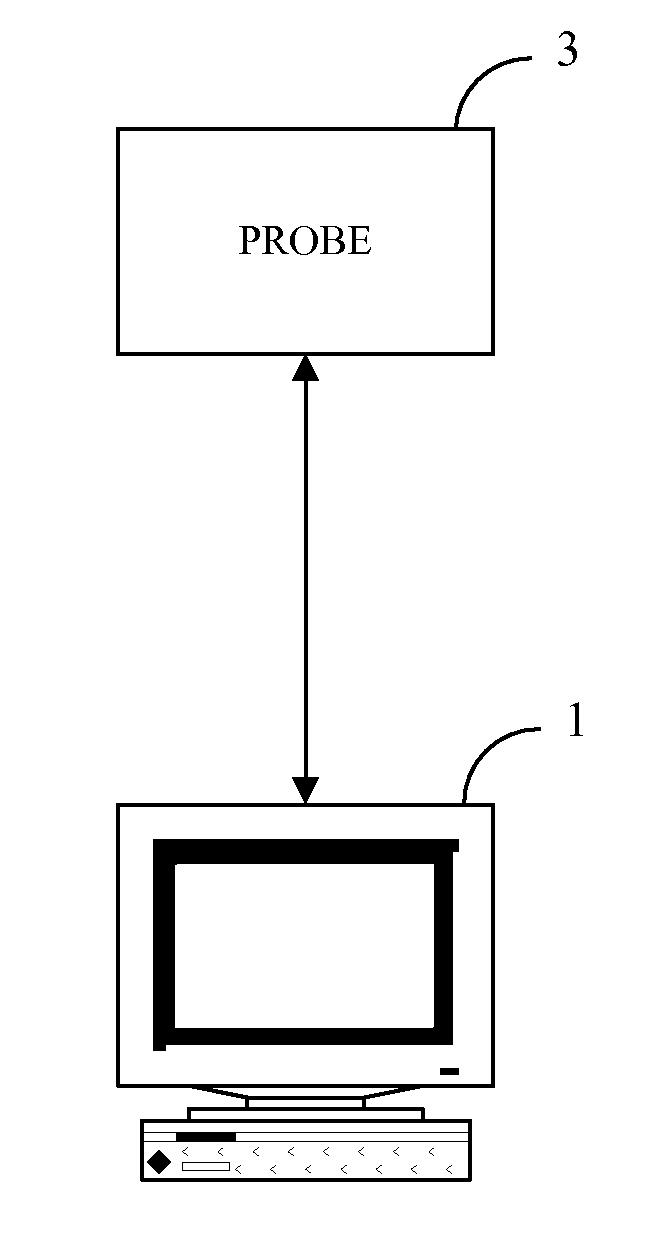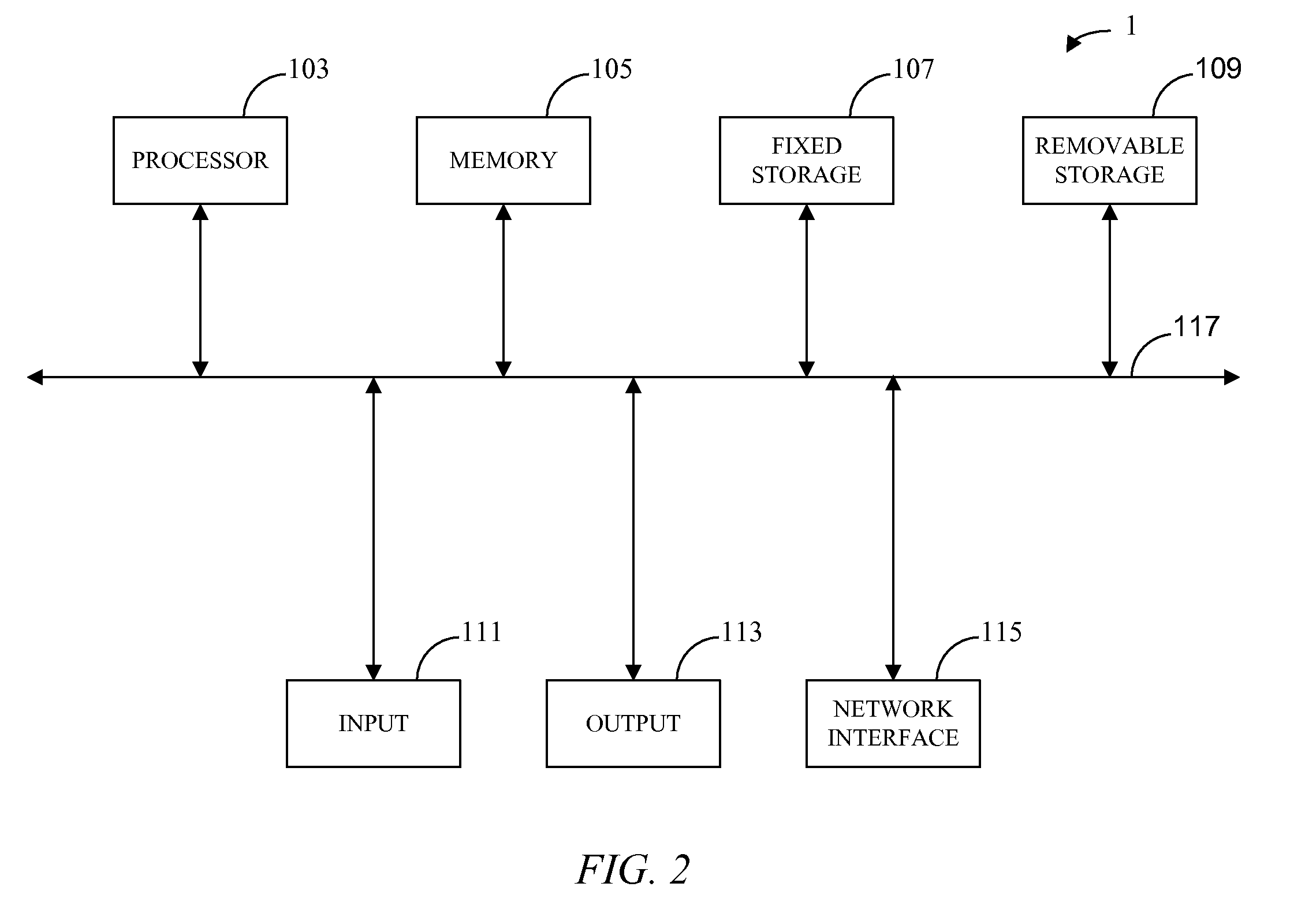Diagnosing peripheral vascular disease by monitoring oxygen saturation changes during an accumulation phase
a technology of oxygen saturation change and peripheral vascular disease, which is applied in the field of methods of diagnos can solve the problems of often not diagnosing or misdiagnosing peripheral vascular disease, and achieve the effects of reducing or stopping blood flow to the limb, reducing or stopping blood flow, and relatively high accuracy of diagnosis
- Summary
- Abstract
- Description
- Claims
- Application Information
AI Technical Summary
Benefits of technology
Problems solved by technology
Method used
Image
Examples
Embodiment Construction
[0037]In the description that follows, the present invention will be described in reference to embodiments that diagnose peripheral vascular disease utilizing changes in oxygen saturation in tissue during recovery from ischemia. However, embodiments of the invention are not limited to any particular environment, application, or implementation. For example, although different techniques of monitoring changes in oxygen saturation will be described, the invention is not limited to the specific embodiments described below. Therefore, the description of the embodiments that follows is for purposes of illustration and not limitation.
[0038]FIG. 1 shows an example of a system for diagnosing peripheral vascular disease. A computer system 1 is connected to a probe 3. Probe 3 is typically placed in close contact to a patient's tissue in order to collect data that can be analyzed by computer system 1 in order to determine oxygen saturation in the tissue.
[0039]In some embodiments, the system for...
PUM
 Login to View More
Login to View More Abstract
Description
Claims
Application Information
 Login to View More
Login to View More - R&D
- Intellectual Property
- Life Sciences
- Materials
- Tech Scout
- Unparalleled Data Quality
- Higher Quality Content
- 60% Fewer Hallucinations
Browse by: Latest US Patents, China's latest patents, Technical Efficacy Thesaurus, Application Domain, Technology Topic, Popular Technical Reports.
© 2025 PatSnap. All rights reserved.Legal|Privacy policy|Modern Slavery Act Transparency Statement|Sitemap|About US| Contact US: help@patsnap.com



